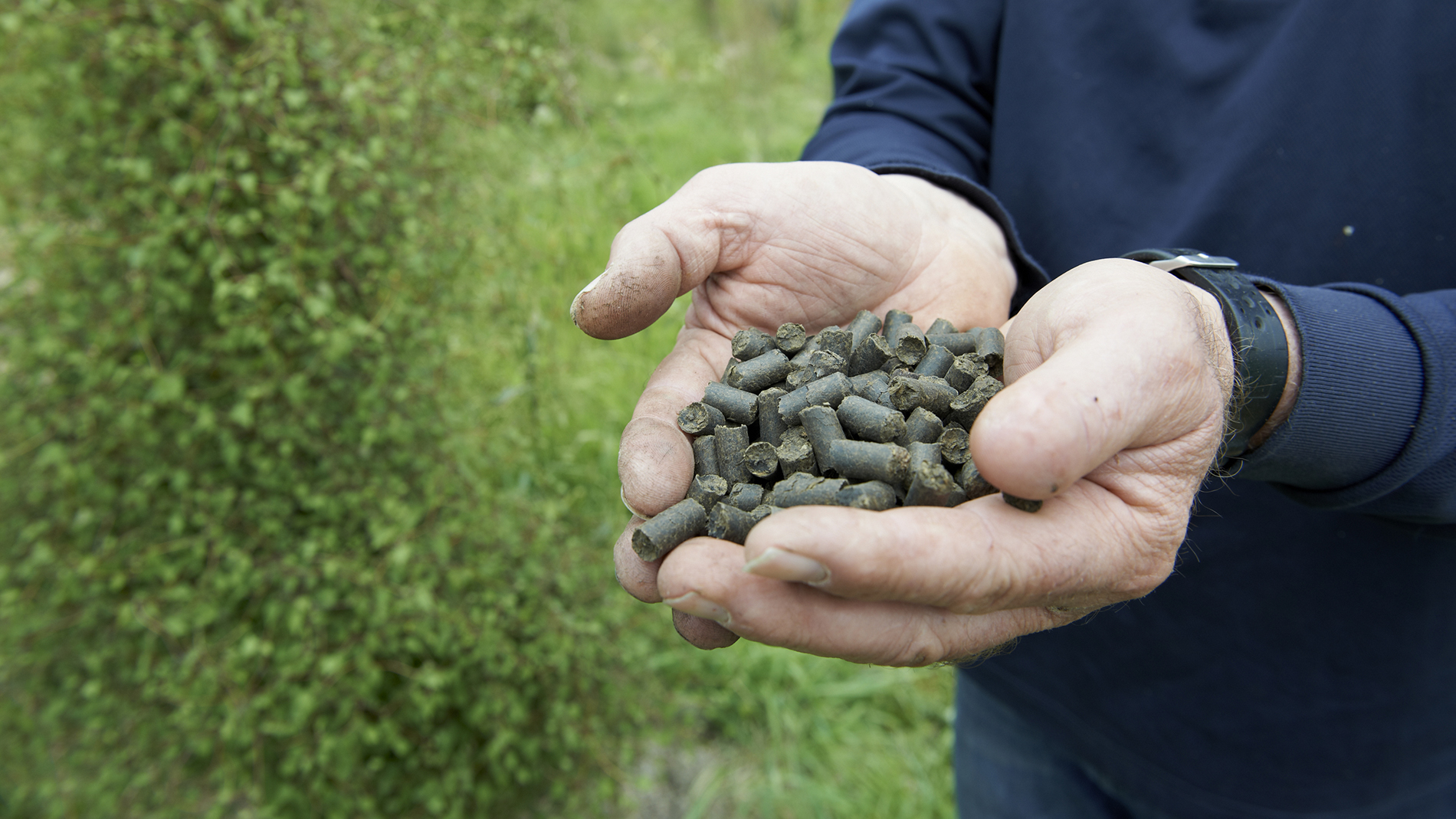Managing farm nutrients
Nutrient budgets can save you money
Managing nutrients carefully can save you money and improve farm decision-making. Together with soil test results, you can use a nutrient budget to assess farm fertiliser requirements, targeting nutrients where you most need them. Better nutrient management will also reduce fertiliser losses to waterways, protecting water quality and stream life.
The average dairy farm has about $425,000 worth of nutrients in its topsoil. A nutrient budget can help you use fertiliser efficiently and save you money. Sometimes you’ll need to build up nutrients in your soil, for example, during a dairy conversion. Other times when soil is at or above optimal nutrient levels, you won’t need to raise fertility any higher.
Fertiliser is the largest expense for many farm businesses. In the 2000/01 season, dairy farmers spent on average around $35,000 on fertiliser. This equals about 45 cents per kilogram of milksolids produced. Sheep and beef farmers spent on average around $6.50 per stock unit on fertiliser.
Around 30 percent of North Island dairy farms have twice the level of soil nutrients needed for pasture growth. This means that a third of dairy farmers are probably spending more on fertiliser than they need to.
All about nutrient budgets
Nutrient budgets are like financial budgets. They’re useful tools to plan ahead and keep track of what’s coming in and going out.
A nutrient budget allows you to identify nutrient inputs to the farm, such as:
- fertiliser
- purchased feed
- clover nitrogen (N) fixation
- effluent.
It also allows you to identify where nutrients go off the farm (outputs), such as:
- farm products – for example, milk, wool, meat
- transfer to non-productive areas - for example, races, stock camps, yards
- leaching and runoff losses to waterways
- gaseous losses to the air.
The bottom line on your nutrient budget (the ‘Farm Nutrient Surplus’) tells you about the balance between nutrient inputs and outputs. It helps you determine whether nutrients are used efficiently and indicates the amount of avoidable nutrient leaching and runoff. Nutrients lost to waterways are effectively money down the drain. Nutrients lost from land are also the main cause of reduced water quality in Waikato Region rivers.
Soil tests
Soil tests tell you if your soil contains the right amount of key nutrients for optimal production. Using these results, your fertiliser representative can recommend what nutrients to apply to maintain or boost soil nutrient levels. They’ll also take into account your production levels and goals for the farm.
Doing a nutrient budget allows you to include non-fertiliser nutrient inputs into the equation. For example, the nitrogen fixed by clover or the nutrients in farm dairy effluent applied to paddocks. It will also identify where these inputs end up in your farm system, helping you refine your fertiliser policy to get the most for your fertiliser dollar.
Find out more about applying effluent to land.
Nutrient budgets made easy
Worksheets have been developed by the Waikato Farm Environment Award Trust, with funding from the Ministry of Agriculture and Forestry (MAF) Sustainable Farming Fund. Waikato Regional Council and Dexcel also contributed to the project. They enable you to do a ‘back of the envelope’ estimate of nutrient inputs and outputs on your farm. To get the best value out of nutrient budgeting, talk to your farm consultant about preparing a comprehensive budget for your farm.
OverseerFM is online software that connects farmers to science to support sustainable farm businesses that protect the environment.



To ask for help or report a problem, contact us
Tell us how we can improve the information on this page. (optional)